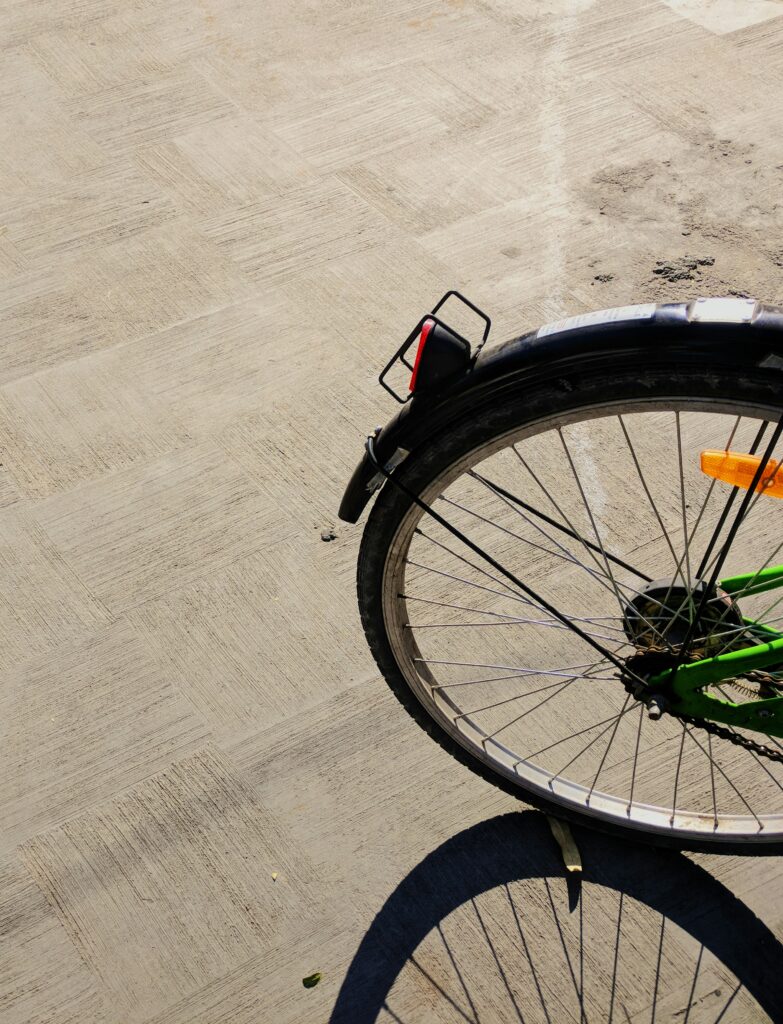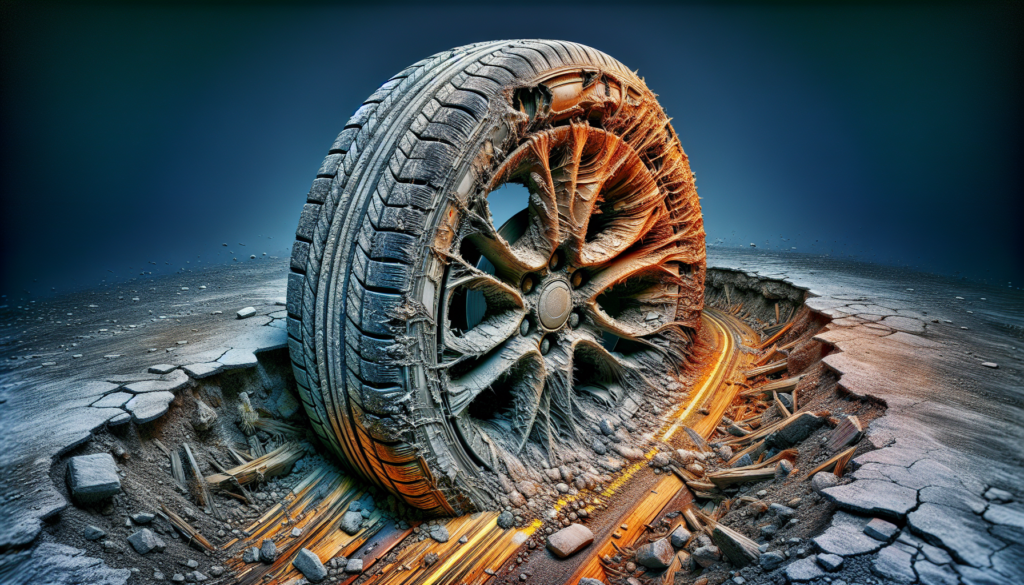Driving over potholes and road debris may seem like an unavoidable part of our daily commute, but have you ever stopped to consider how it affects your wheel alignment? Potholes, those dreaded craters that seem to appear out of nowhere, can wreak havoc on your alignment, causing a whole host of issues. And let’s not forget about road debris, those unexpected objects that find their way onto the road. Both of these can throw your wheels out of alignment, leading to problems such as uneven tire wear, poor handling, and decreased fuel efficiency. In this article, we will explore how potholes and road debris can have a significant impact on your wheel alignment and why it’s crucial to address these issues promptly. So buckle up and get ready to learn about the hidden dangers lurking on our roads!
Effects of Potholes on Wheel Alignment

Introduction to potholes and their impact on road surfaces
Potholes are a common occurrence on roads, especially in areas with harsh winters or heavy traffic. These depressions in the road surface can cause significant damage to vehicles, including affecting wheel alignment. Potholes form when the pavement deteriorates due to factors such as age, traffic stress, and weather conditions. As vehicles drive over these potholes, the impact can disrupt the alignment of the wheels and suspension components, leading to potential safety concerns and expensive repairs.
Understanding wheel alignment
Wheel alignment refers to the correct positioning of the wheels relative to each other and the vehicle’s frame. Proper alignment ensures that the tires make optimal contact with the road surface and ensures consistent and even wear on the tread. It involves adjusting three main components: camber, caster, and toe. Camber refers to the vertical tilt of the wheels, caster refers to the angle of the steering axis, and toe refers to the angle at which the tires point inward or outward.
Impact of hitting a pothole on wheel alignment
Hitting a pothole can have a significant impact on wheel alignment. When a vehicle encounters a pothole, the tires and suspension components experience a sudden and forceful impact. This impact can cause misalignment by altering the angles at which the wheels are set. The abrupt jolt from hitting a pothole can throw the camber, caster, and toe out of their proper specifications, resulting in misaligned wheels.
Common wheel alignment issues caused by potholes
Potholes can lead to various wheel alignment issues. One common issue is misaligned camber, which can occur when the wheels tilt inward or outward. Misaligned caster, on the other hand, can cause steering difficulties and affect handling. Additionally, hitting a pothole can cause the wheels to toe-in or toe-out, affecting the vehicle’s stability and causing uneven tire wear. These alignment problems can result in reduced fuel efficiency, decreased tire life, and compromised vehicle handling and safety.

Symptoms of misaligned wheels due to potholes
It is important to be vigilant for symptoms of wheel misalignment caused by potholes. Some common indicators include the vehicle pulling to one side, uneven tire wear, steering wheel vibration or off-center steering, and a noticeable change in the vehicle’s handling. If any of these symptoms are experienced, it is crucial to have the wheel alignment checked and corrected as soon as possible to prevent further damage and ensure safety on the road.
Safety concerns arising from misaligned wheels
Misaligned wheels can pose safety risks for both the driver and other road users. When a vehicle’s wheels are not properly aligned, it can be more difficult to control the steering, resulting in decreased handling and maneuverability. This can lead to an increased risk of accidents, especially in emergency situations. Additionally, misaligned wheels can also cause uneven tire wear, reducing tire grip on the road and compromising braking performance. Ensuring proper wheel alignment is essential for maintaining optimal safety on the road.

Methods to prevent pothole-induced wheel alignment problems
While it may not be possible to completely avoid potholes, there are steps you can take to minimize the impact on your wheel alignment. One method is to stay vigilant and try to avoid driving over known pothole-prone areas or, if possible, taking alternative routes. Maintaining proper tire inflation is another crucial preventative measure, as underinflated tires are more susceptible to damage from potholes. Additionally, reducing your speed when approaching potholes can help minimize the impact on your wheels and suspension.
Repairing wheel alignment issues caused by potholes
If you suspect that your wheels have become misaligned due to hitting a pothole, it is important to have them inspected and realigned by a professional. The process typically involves using specialized equipment to measure and adjust the angles of the wheels according to the manufacturer’s specifications. A thorough inspection may also be necessary to identify any additional damage that might have occurred due to the impact. Timely repair and alignment can prevent further complications and ensure safe driving conditions.

The role of tire rotation and balancing in maintaining wheel alignment
In addition to proper wheel alignment, tire rotation and balancing play a crucial role in maintaining alignment and extending the lifespan of your tires. Regularly rotating the tires ensures even wear across all four tires, reducing the likelihood of misalignment caused by uneven tread wear. Balancing the tires involves redistributing weight evenly to ensure that the tires rotate smoothly. By keeping the tires in good condition and balanced, you can further minimize the impact of potholes and road debris on wheel alignment.
Conclusion
Potholes and road debris can have significant effects on wheel alignment, leading to safety concerns and costly repairs. Understanding the impact of potholes and road debris on wheel alignment is essential for maintaining vehicle performance and safety. By being proactive in avoiding potholes, maintaining proper tire inflation, and seeking professional alignment services when needed, you can minimize the impact and ensure optimal wheel alignment for a smoother and safer driving experience. Additionally, incorporating tire rotation and balancing into your regular maintenance routine will further enhance the longevity of your tires and preserve alignment.


